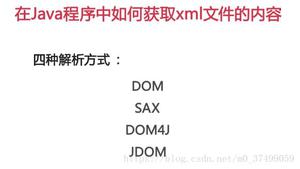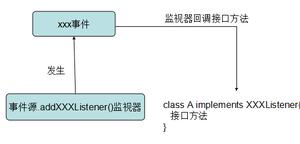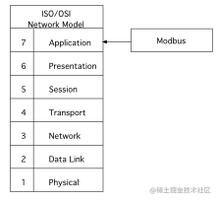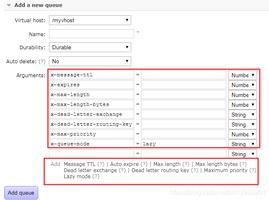实例解析Java byte数组操纵方式代码

字节数组的关键在于它为存储在该部分内存中的每个8位值提供索引(快速),精确的原始访问,并且您可以对这些字节进行操作以控制每个位。
坏处是计算机只将每个条目视为一个独立的8位数 - 这可能是你的程序正在处理的,或者你可能更喜欢一些强大的数据类型,如跟踪自己的长度和增长的字符串 根据需要,或者一个浮点数,让你存储说3.14而不考虑按位表示。
作为数据类型,在长数组的开头附近插入或移除数据是低效的,因为需要对所有后续元素进行混洗以填充或填充创建/需要的间隙。
java官方提供了一种操作字节数组的方法——内存流(字节数组流)ByteArrayInputStream、ByteArrayOutputStream
ByteArrayOutputStream——byte数组合并
/*** 将所有的字节数组全部写入内存中,之后将其转化为字节数组
*/
public static void main(String[] args) throws IOException {
String str1 = "132";
String str2 = "asd";
ByteArrayOutputStream os = new ByteArrayOutputStream();
os.write(str1.getBytes());
os.write(str2.getBytes());
byte[] byteArray = os.toByteArray();
System.out.println(new String(byteArray));
}
ByteArrayInputStream——byte数组截取
/*** 从内存中读取字节数组
*/
public static void main(String[] args) throws IOException {
String str1 = "132asd";
byte[] b = new byte[3];
ByteArrayInputStream in = new ByteArrayInputStream(str1.getBytes());
in.read(b);
System.out.println(new String(b));
in.read(b);
System.out.println(new String(b));
}
以上是 实例解析Java byte数组操纵方式代码 的全部内容, 来源链接: utcz.com/z/393471.html









